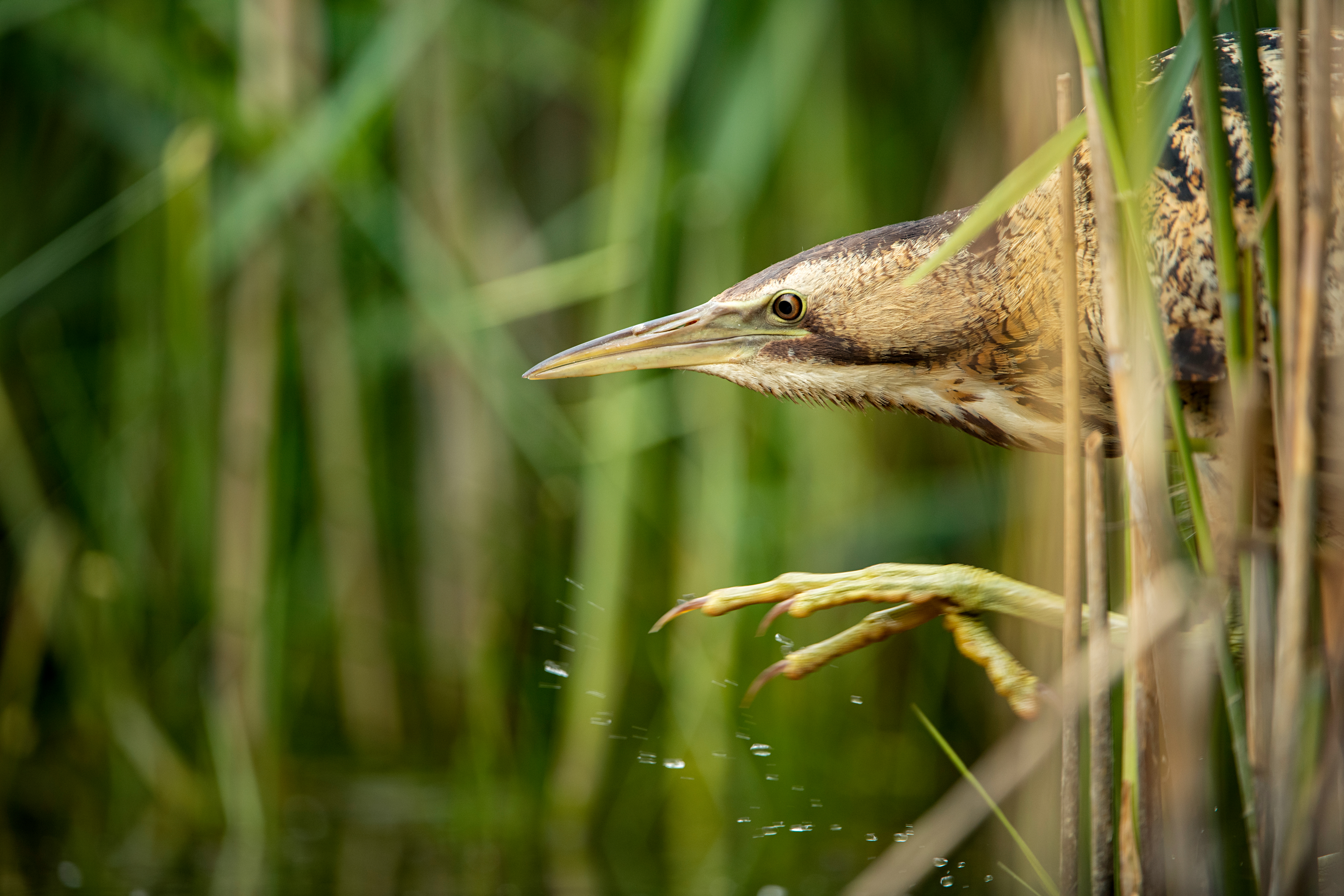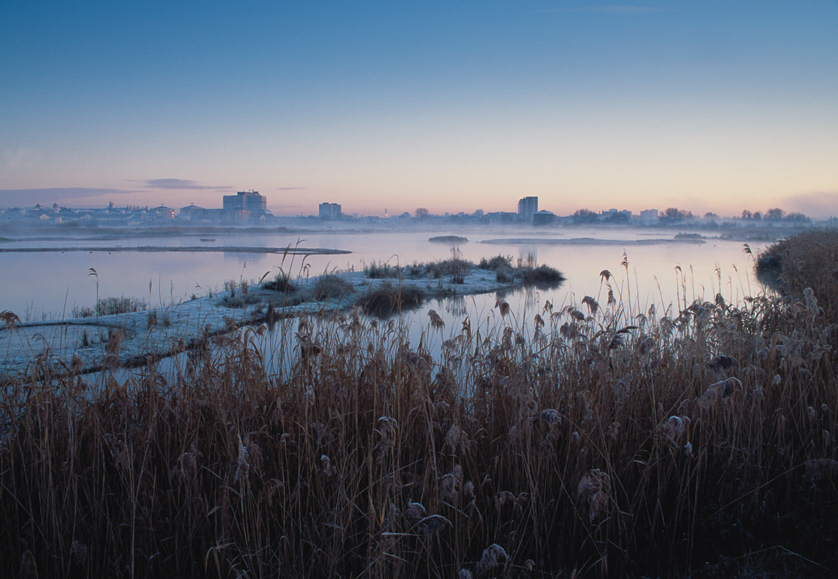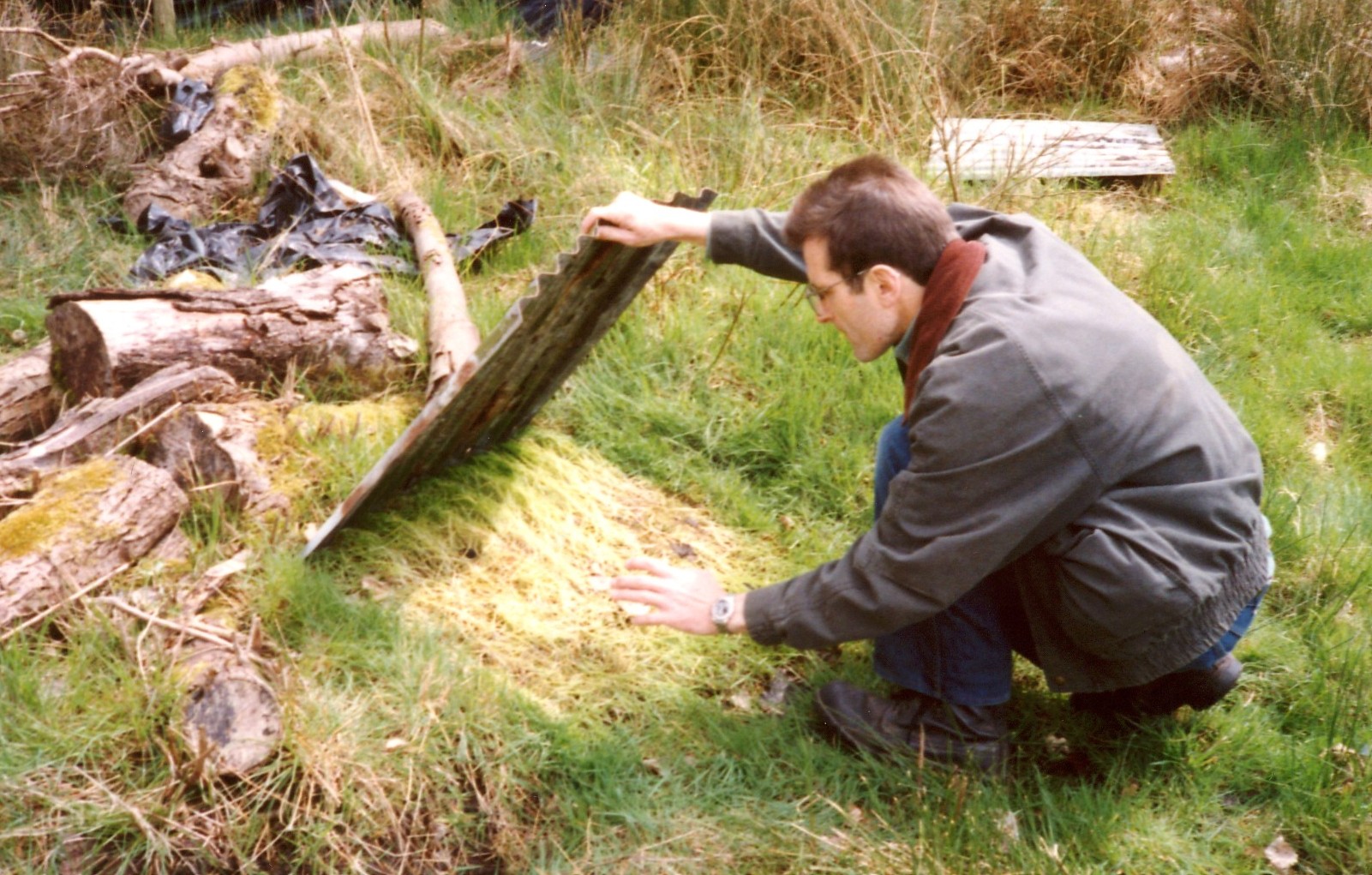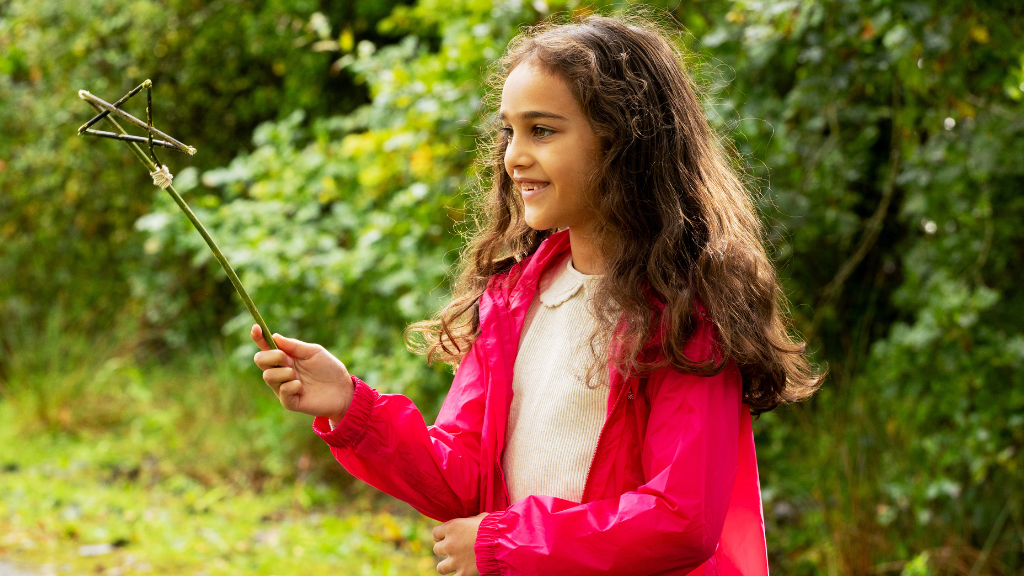Spring migrants
It’s been a chilly week here but we’re looking forward to signs of spring, including four of the earliest spring migrants, in the next week or so.
Little ringed plover
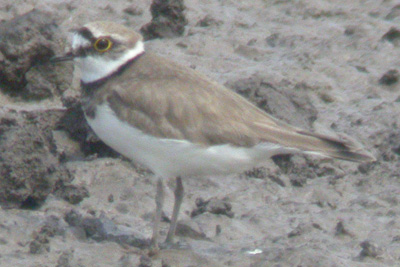
Look for the plovers scuttling like clockwork toys on the shingle islands where they often nest. The birds, and their chicks, are perfectly camouflaged against the shingle, so can be a challenge to spot when they’re not moving.
Sand martin
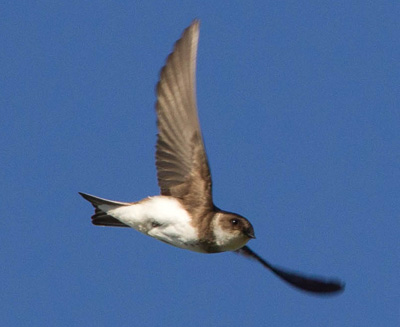
These will be swooping over the lakes and marsh soon, and bringing nesting materials in to the nesting bank. A damp spring last year made 2012 a bad year for these birds here at the Centre so we’re hoping for drier weather so that their numbers can recover. (Update 12 March - just had our first Sand Martin of the year on site)
Wheatear
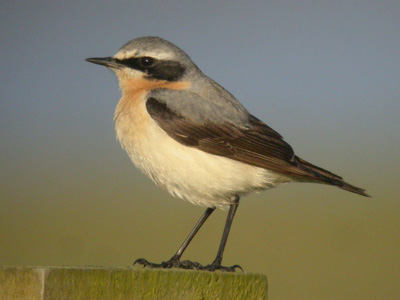
Like the yellow wagtails which arrive a little later, these pretty farmland birds can be seen following the highland cattle or sheep on the grazing marsh or grass banks. Our nearest breeding populations of wheatears are found on chalk downland such as the North and South Downs, although most UK birds breed in moorland and coastal grassland in the North and West.
Chiffchaff
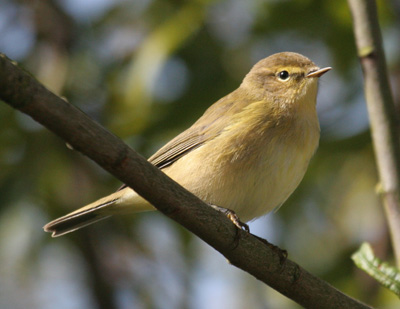
This warbler is harder to spot but you can easily identify them by hearing their distinctive “chiff-chaff” call. Listen for them throughout the reserve, particularly in Wildside and around the Sheltered Lagoon. Two pairs bred on site last year.
Find out more
This is a great time of year to find out more about birdsong and other wildlife sounds.
The Sound of Wildlife, Saturday 20 - Sunday 21 April
Introduction to Birdsong, Monday 22 and Friday 26 April
Dawn Chorus, Sunday 28 April
